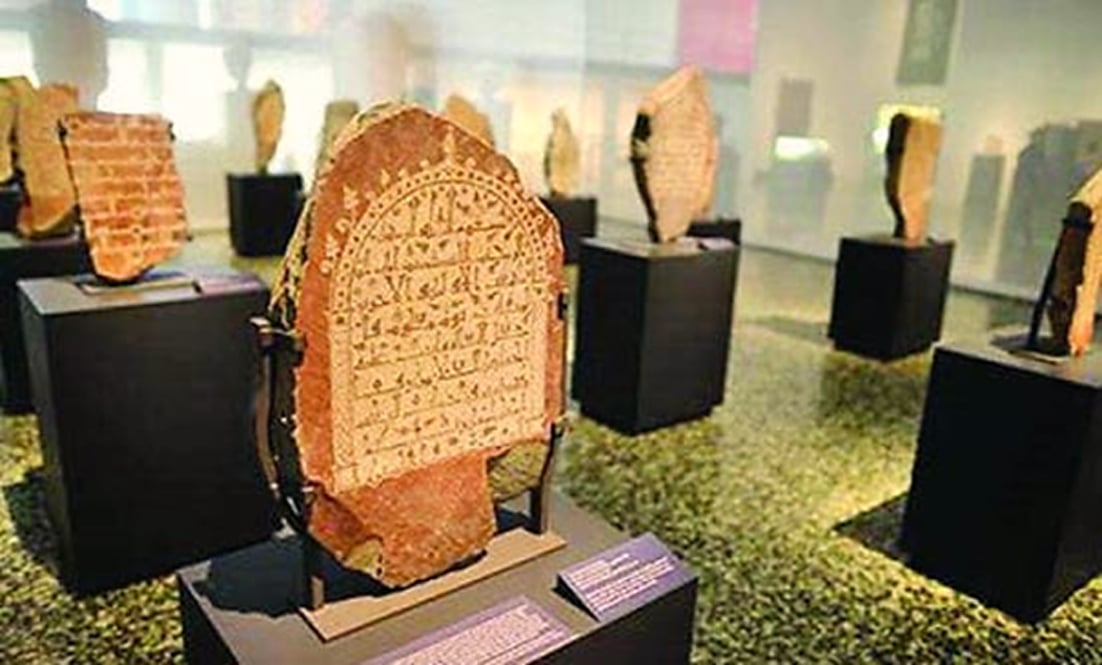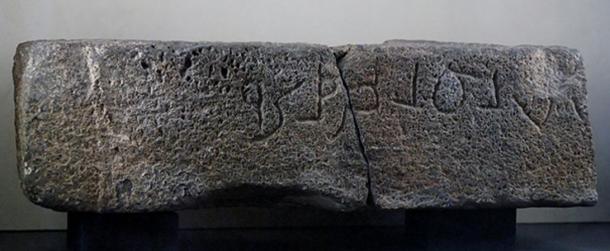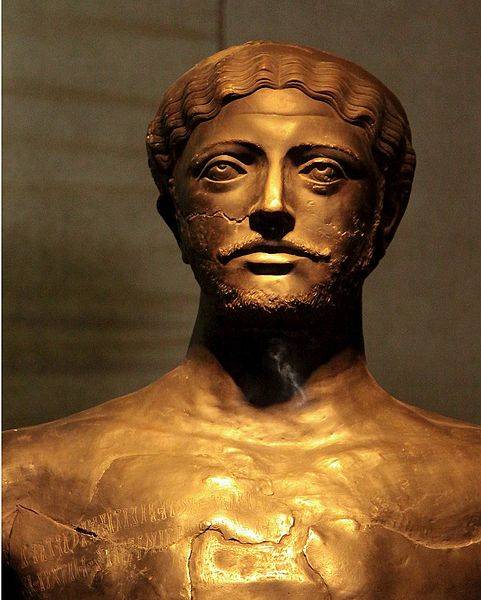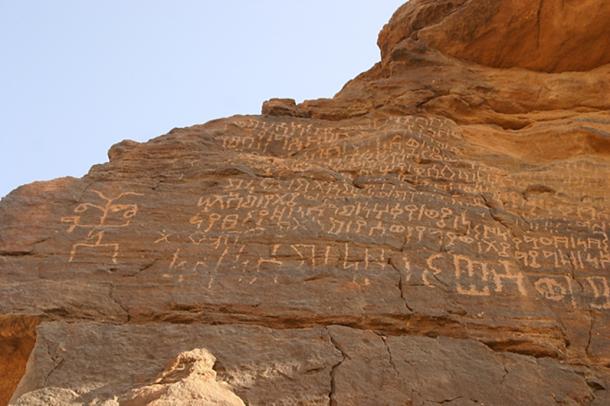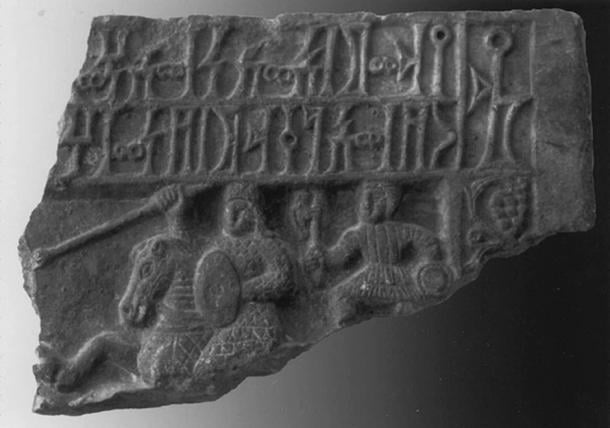It's easy to know when I have caught you in a BS lie.wrong again. Arabia was a diverse land in which Pagan, and Jewish, and
Christian tribes MAINTAINED their own DIFFERENT customs especially in terms
of religious practice. Of course there were some superficial "meldings"----as in
cuisine, crafts and styles of dress. The confusion those more superficial
"meldings" have produced have even led to the idiot concept that there is something properly called "Islamic architecture"-------Islamic architecture is a tent in the desert. BYZANTINE architecture is NOT "Islamic"
You start posting wildly inaccurate off topic nonsense to cover your tracks.
Quite amusing.......
"inaccurate" what? my comment is quite accurate. In arabia-----'arabs'---
were completely illiterate except for the few that learned languages other than
Arabic until about 300 AD-----when some people began to develope a written
language for ARABIC -----based on the various written languages of non-arabs
who resided in the area. Zoroastrians still used their FARSI-----Christians
tended toward Greek and Latin ---and jews did their Hebrew. What are you
calling "inaccurate" Despite the fact that an Arabic written form got developed---
most "arabs" remained illiterate
